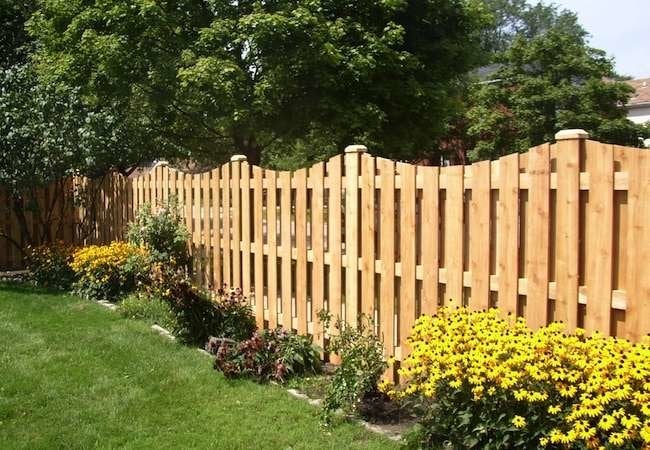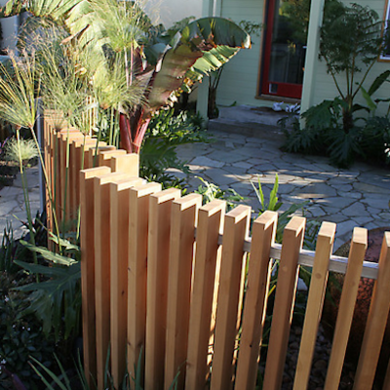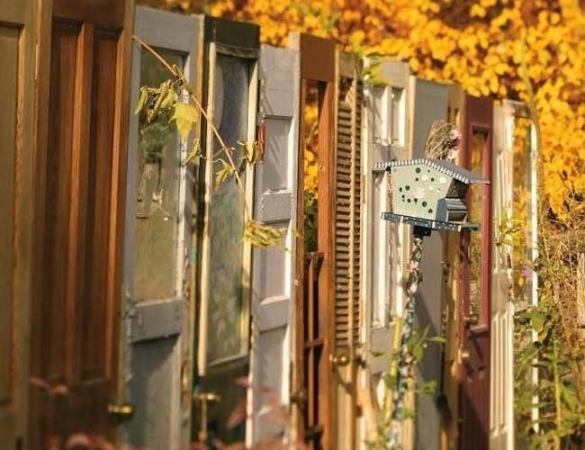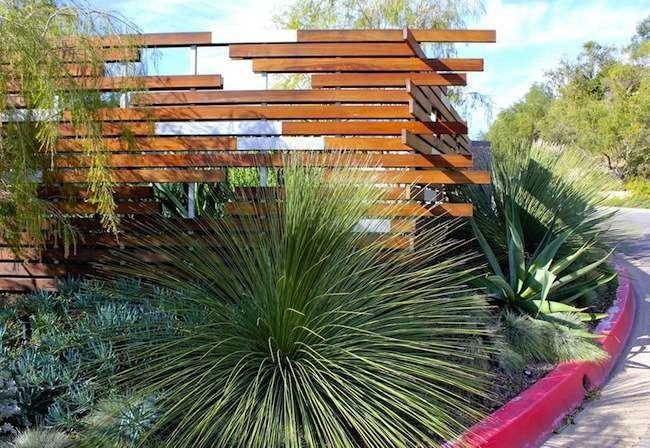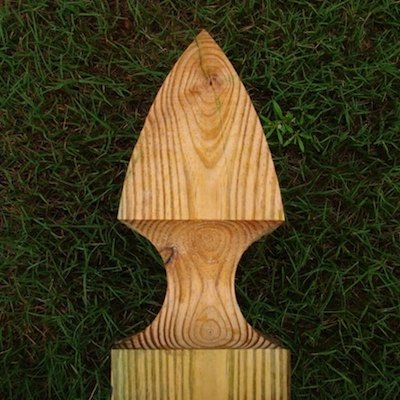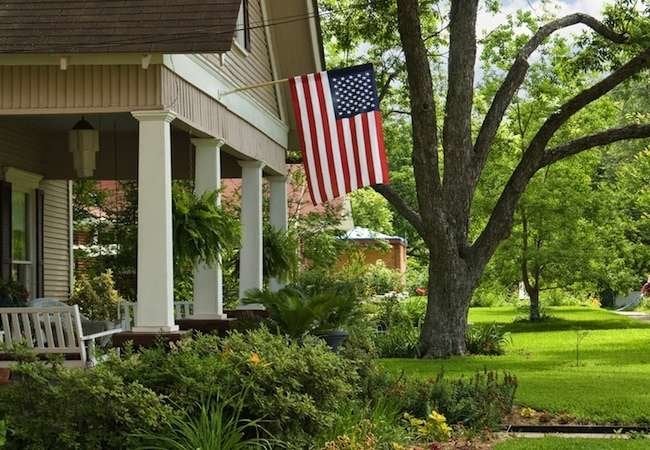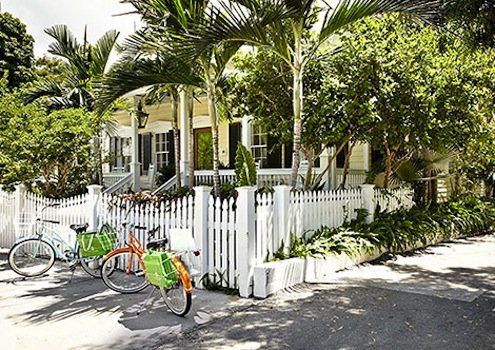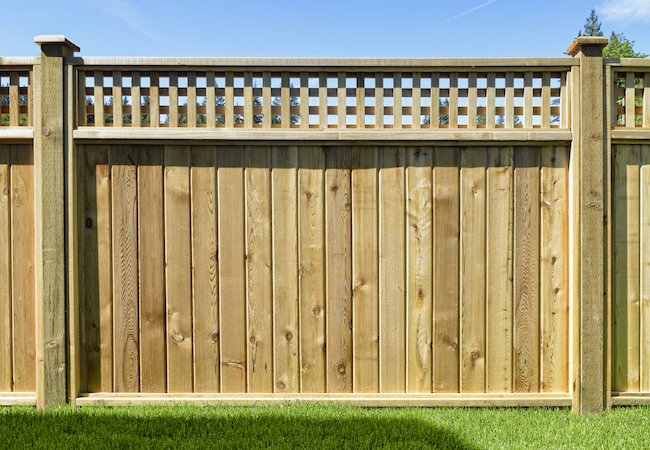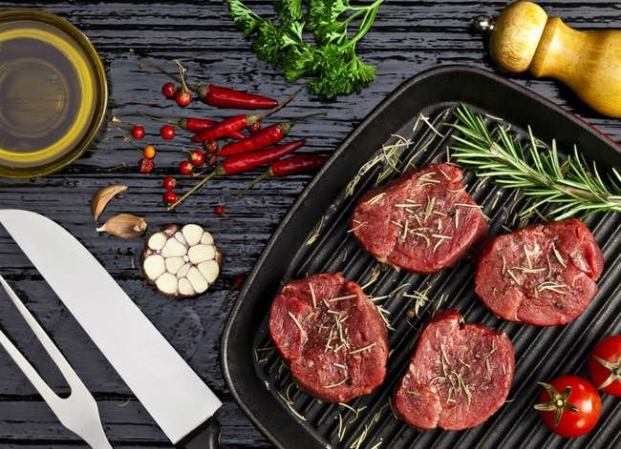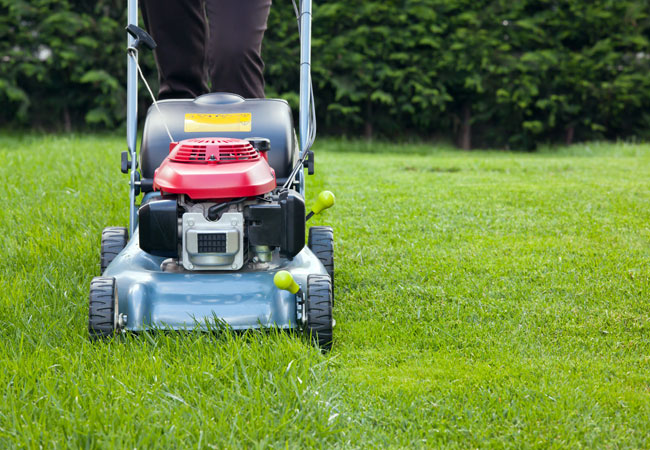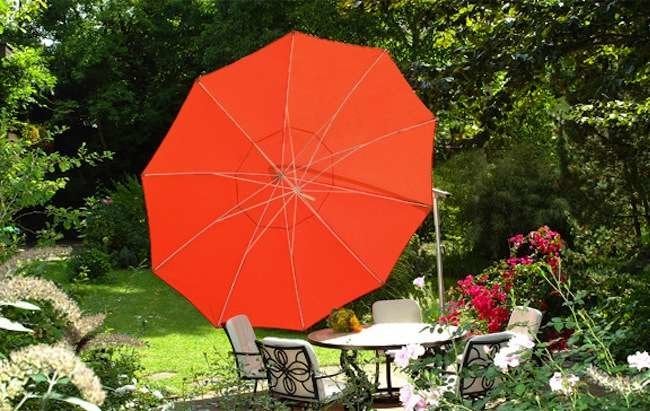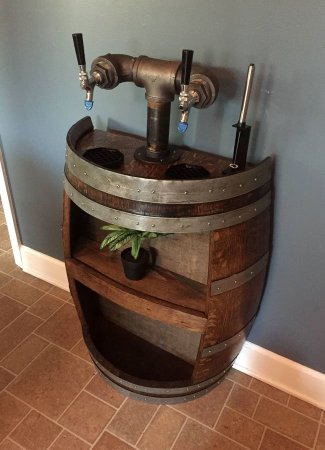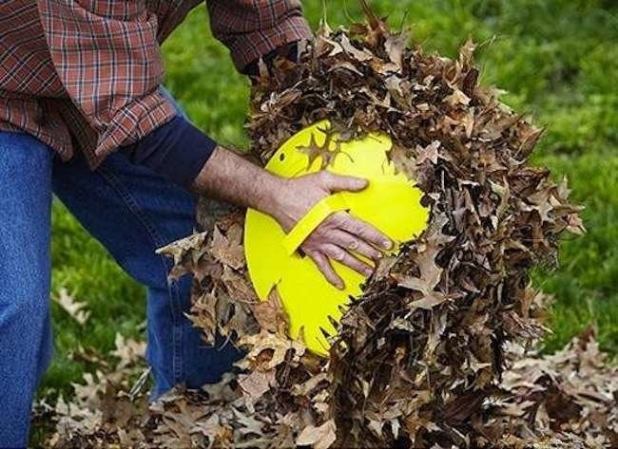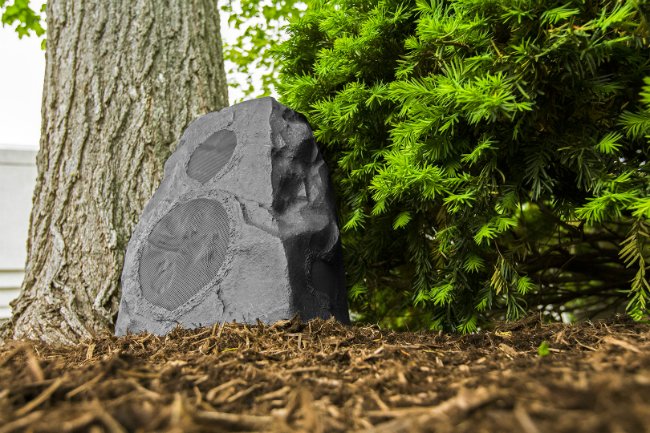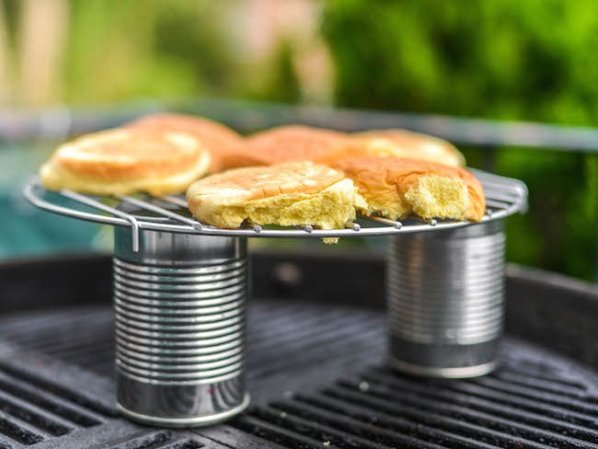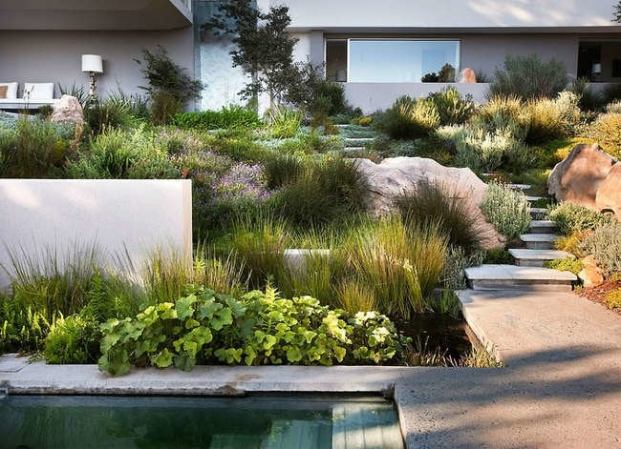We may earn revenue from the products available on this page and participate in affiliate programs. Learn More ›
On the Fence?
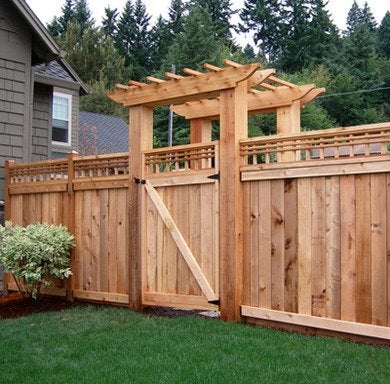
Through the ages, fences have constructed from many things, but which of today’s materials is the right fit for you? That depends on your budget, performance requirements, and personal style preferences. Click through to see the pros and cons of homeowners’ favorite fencing materials.
Vinyl Fencing
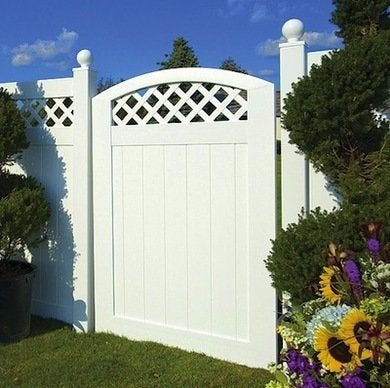
Vinyl fencing is manufactured in a range of styles, including solid privacy, semi-privacy, and post-and-rail fences. Perhaps the most appealing aspect is that vinyl does not need to be repainted. A hard-wearing material, it won’t warp, splinter, rot, split or blister.
Composite Fencing
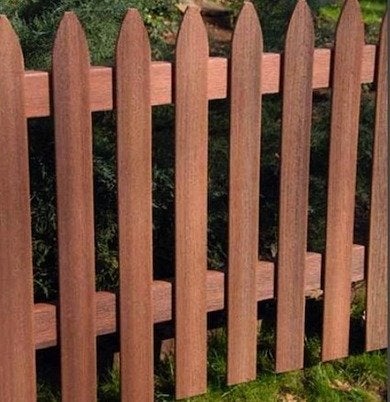
fence-connection-inc.com
Composite fencing (made from engineered wood) comes in a bewildering number of variations. Due to manufactured textures and colors, fences of this type convincingly simulate the look of wood.
Wood Fencing
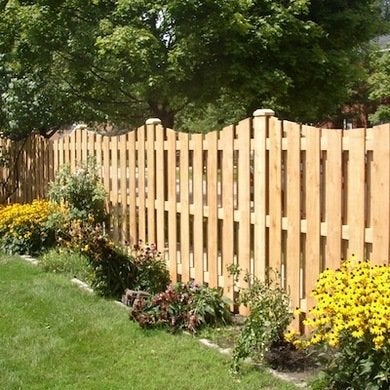
Wood fencing can be crafted in so many ways and painted or stained any number of colors. Likely to last many years, a wood fence costs significantly less than vinyl or composite, at least initially, but its maintenance is more demanding.
Wrought Iron Fencing
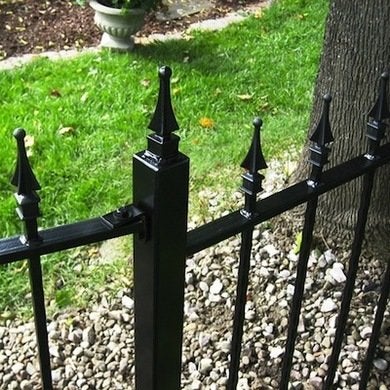
In many ways, ornamental metal fencing combines the best qualities of other materials. A variety of styles are available to choose from, and all sorts of cast finials, spears, and rings may serve to customize your installation. Best of all, metal is highly durable yet low-maintenance.
Chain-Link Fencing
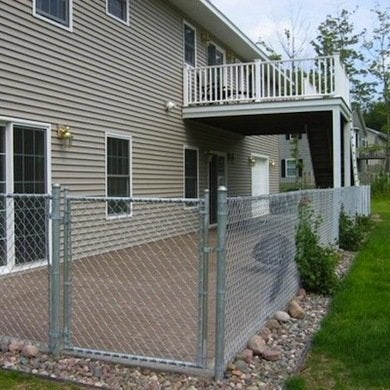
Chain-link fencing is sturdy, maintenance-free, durable and economical. Though it almost always looks utilitarian, choices can be made with regard to mesh size, wire gauge, and even color.
Aluminum Fencing
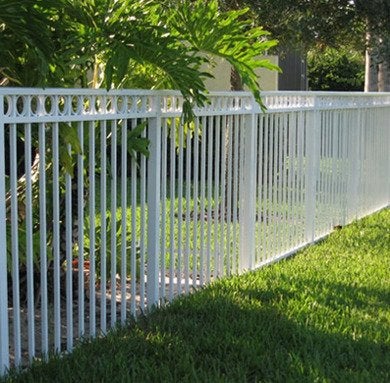
While cast iron was the standard for decades, today’s ornamental metal fencing is powder-coated galvanized steel or aluminum, or a combination of aluminum and solid metal. Maintenance is limited to an occasional hosing, and if rust appears, it can either be brushed off or the metal can be recoated with a rust-inhibiting primer and a fresh coat of paint.
Cedar Fencing
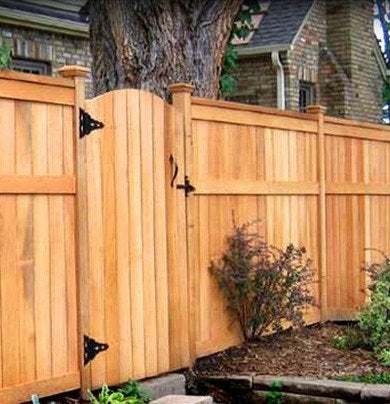
Cedar is the preferred wood for fence-building, because of its resistance to rot and insects. (In some regions, redwood is the top choice.) Both species may be left to weather naturally, but every few years, it’s wise to coat natural wood with a clear preservative.
